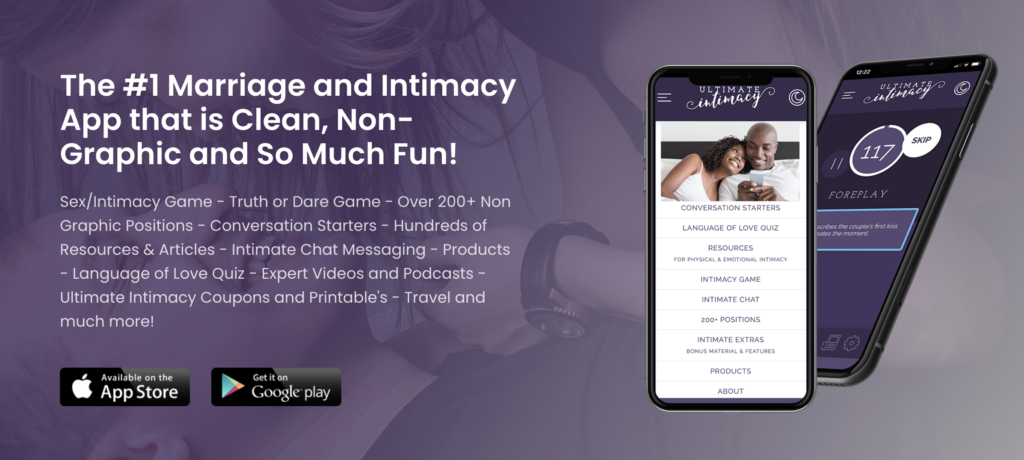This articles was reposted and used with permission from Cindy Scharkey
DO YOU FIGHT ABOUT SEX IN YOUR RELATIONSHIP? YOU’RE NOT ALONE
One of most common arguments among couples is how often they’re having sex. Frequently, it comes down to one partner wanting sex more than the other. This can lead to trouble in the bedroom — and relationship. If more couples understood the concept of desire styles, there could be a lot less conflict and a lot more sex!
A DESIRE STYLE IS THE WAY IN WHICH YOU EXPERIENCE AN INTEREST TO HAVE SEX
Desire is not a drive, like hunger. Sexual desire actually works more like curiosity. Think of it like this: What has to happen for you to be motivated to have sex? It is also important to understand that there is a difference between desire and arousal. Desire is your motivation to want to have sex, while arousal is your mind and body’s physical response.
The truth about sexual desire is that there is more than one way to experience it.
IT IS NORMAL FOR PARTNERS TO HAVE MISMATCHED STYLES
Here’s one example: Some of you can walk into the kitchen and just the sight of your lover’s butt as they’re bent over the dishwasher sparks a desire to have sex. Others of you may be thinking, “Really? That does nothing for me.” But for those of you in the latter group, what if you saw that your partner had loaded that dishwasher when it wasn’t their turn? You go to kiss them and say thank you. They do that thing with their tongue up the side of your neck. Does that do something for you?
HAVING MISMATCHED DESIRE STYLES DOESN’T MEAN SOMETHING IS “BROKEN” IN ONE PARTNER
It just means you’re different. However, conflict can arise when couples lack understanding about how each partner experiences desire. The key here is communication. When you understand your partner’s style — and they understand yours — you can accommodate each other in a blended sex life.
So, let’s get curious about the three desire styles:
SPONTANEOUS DESIRE
Some people experience desire first then arousal. This is called spontaneous desire. How this might look: You encounter your partner taking off a piece of clothing and that sparks your desire to have sex, which leads to arousal. This person wants and desires sex quickly or seemingly “out of the blue.” About 15% of women and 75% of men have spontaneous desire. Pretty big discrepancy, right? If couples understood this statistic alone, there could be a lot less fighting about sex.
RESPONSIVE DESIRE
If you experience responsive desire, then your mind and body need to be aroused before you desire to have sex. How this might look: You are kissing your partner, and they are touching you in the way you like best. You weren’t thinking about sex before, but now you find yourself interested. Basically, you need more than just your partner standing in front of you with their shirt off. About 30% of women and 5% of men have responsive desire.
COMBINATION DESIRE
Many people experience both spontaneous and responsive desire. It just depends on context. How this might look: One day, you and your partner have been texting sexy messages back and forth all day. When they walk in the door, you jump into their arms — immediately ready to have sex. In this context, sexual desire feels spontaneous. On another day, you may be reading on the couch when your partner comes up and touches you in a way that causes your body to respond — leading to motivation for sex. In this relaxed context, sexual desire feels responsive. About half of all women and quite a few men experience desire this way.
Something to keep in mind: Desire styles can change — over time and according to context.
WHAT WORKED FOR YOU EARLY ON MAY NOT WORK NOW
Desire is influenced by many factors, including hormones, exhaustion, stress, medical conditions, past trauma and relationship conflict, to name a few.
As we age, we naturally move into more responsive desire, so it is crucial to understand this style to keep sexually connected if/when spontaneity no longer works (if it ever did!).
This isn’t a one-time discussion with your partner.
STAY CURIOUS, AND KEEP THE CONVERSATION GOING
FOUR ACTION STEPS
- Talk about your desire style with your partner. Even better, read this blog out loud and discuss how it relates to your sexual relationship.
- Take some time alone and ask yourself questions such as: What stimulates and arouses me? What makes me feel sexual? What draws me toward touching? Then find a time to share your responses with your partner.
- Discuss sexual frequency. Talking about how often you would like to have sex is normal. Particularly for couples who have mismatched desire styles, it can be helpful to come to an agreement that you’re both comfortable with. Another idea: Schedule sex dates to look forward to together.
- Listen to Episodes 3 & 4 about desire on the Permission for Pleasure Podcast by yourself or with your partner to open the conversation.
This articles was reposted and used with permission from Cindy Scharkey
Also check out the Ultimate Intimacy Podcast with Cindy “Its all about the clitoris” HERE
For other great ideas, articles, techniques and games, check out the AMAZING Ultimate Intimacy App. Its FREE and so much fun! Just click on the picture below

